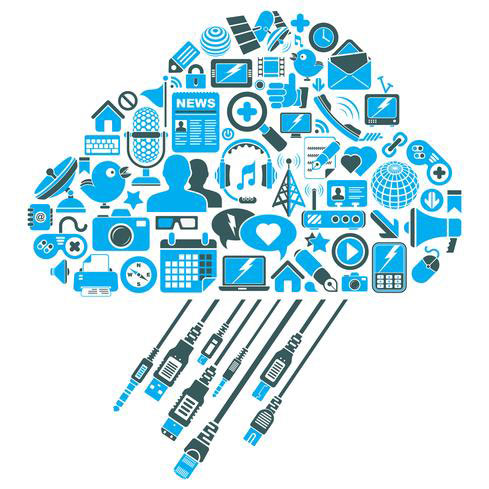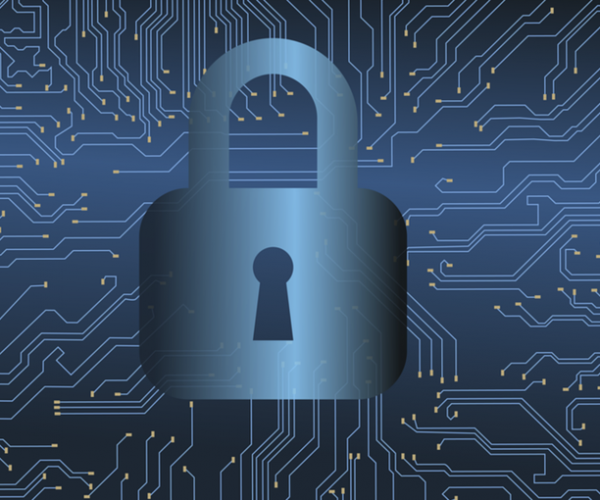by Rick Vanover
There are a lot of expectations on the data center in today’s Internet of Things-level of connectivity. Companies have to decide which applications and services get the most priority both in terms of the running or normal state; but also when things don’t go as expected. The availability investment should not be overlooked. The broad services that enable Internet of Things almost always have a line back to a data center; and the question is how can that be made available?
This includes investments in virtualized platforms, modern storage and leveraging a cloud technology. When it comes to leveraging a cloud technology, that’s what companies need to give a lot of thought into what they want to accomplish. Specifically, Disaster Recovery today is a lot easier than it used to be. Consider also the explosive growth of mobile and Internet-connected devices; and it is very clear that the data center needs to be ready to scale.
There are options around leveraging a service provider to get that specific aspect of the business continuity that they need. Disaster Recovery as a Service (DRaaS) is really what people want when it comes to extending availability outside of their own data center. In particular, this is very relevant to organizations to only have one data center. When we look at the concept of Disaster Recovery as a service, the magic is when companies want to extend the availability of their applications and infrastructure to a set of resources that they don’t have to manage like they do everything else.
Frequently, organizations want to leverage Cloud technologies but they don’t exactly know what the right way to start. Additionally, the applications in the data center may not be cloud-native applications. Leveraging DRaaS becomes a natural choice of how to leverage a service provider to do just that provide the missing link in an availability strategy. The magic is that all of the resources are completely abstracted from the customer in the sense of is a platform that can run on, but they don’t have to worry about details such as a processor types or amounts of memory required. It becomes a framework in which they can use when needed to fail over in a disaster situation.
Among the strongest benefits is the unique set of options today in this space. For example, there may be applications that need High availability both on-site and in a disaster recovery situation. Take for example a critical line-of-business application, it may require backups on site, backups off site, but also require full Disaster Recovery should the primary data center not be available. This is very attractive to leverage a DRaaS option to get that level of availability in line with the expectations of the business. Conversely, you can look at an application who doesn’t require as much availability. For example, and application that holds file shares associated with test builds of an in-house application, this may require only backups on-site and backups off site. It may not require DRaaS or other availability levels than that of the critical application. These are examples of applications that need different levels of availability, but the good thing is that today in the marketplace there are options to give the right levels of availability to the applications that need it.
Let’s look additionally at the service provider market, the benefit today is that there are options to meet almost any business requirement. For example, if you have a requirement that your data cannot leave the country in which you do business, you can find a service provider that can ensure that that data will not leave that country.
Additionally maybe you need just hosted backups, or you need full DRaaS; the market of service providers is really ready to meet your need. The gateway to this functionality really starts back in the data center, there are a lot of technologies in place today additionally the gateway to this availability technique. It starts with being highly virtualized, having Investments and modern storage and really being ready for a cloud strategy. This becomes the foundation to doing all of these different availability techniques with ease when it comes to the data center. Consider also the service levels of Internet applications, if there is a failure event; the experience needs to be on-par with the normal Internet of Things experience. If it is not, the services will be abandoned.
Getting started may be the hard part. Does the data center have the characteristics needed to provide the gateway to all the availability requirements of the business? Sometimes infrastructure and applications need to change to meet the expectations of the business. Having conversations with business leaders about the capabilities of the technologies today, in regards to their availability options (in particular off-site availability and disaster recovery) can start the process of that change. This is particularly relevant when it comes to business technology funding. It’s a lot easier to ask for money for IT investments with the support of the business leaders than just from the IT staff alone to deliver availability in the Internet of Things era.
Rick Vanover (vExpert, MVP, Cisco Champion) is a senior product strategy manager for Veeam Software based in Baar, Switzerland.. Follow Rick on Twitter @RickVanover or @Veeam.




